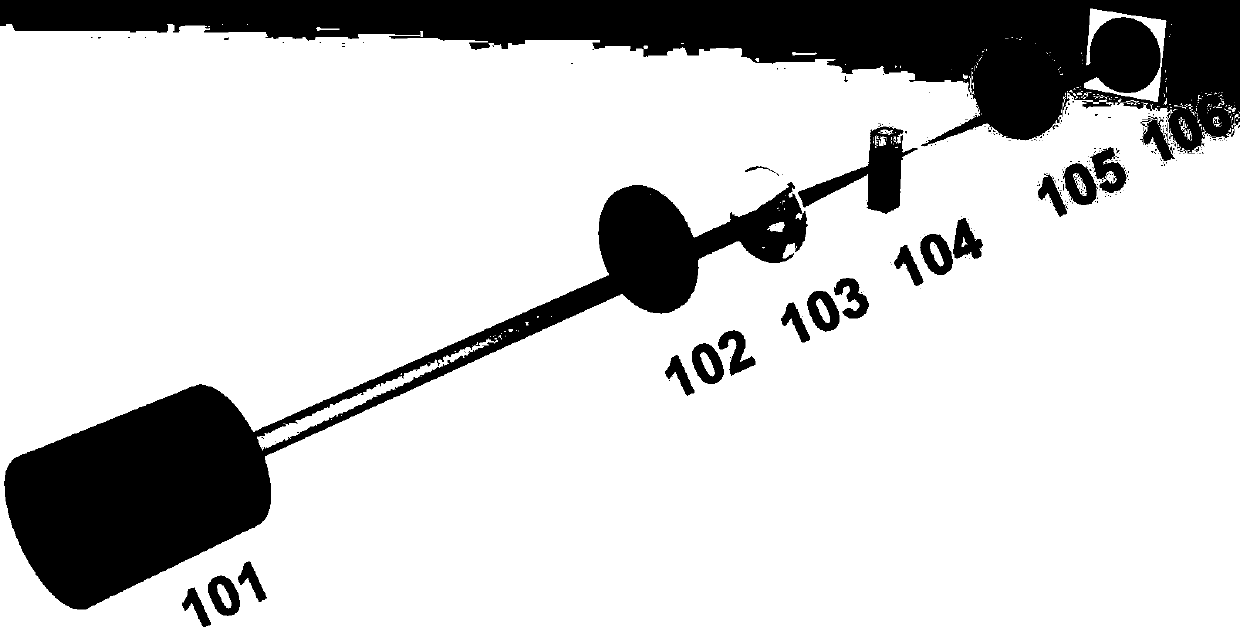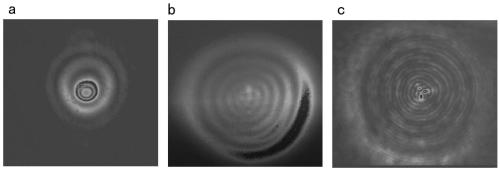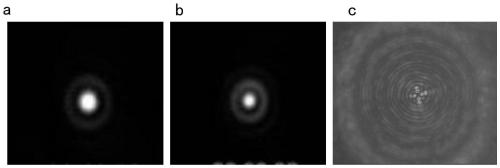Method for detecting concentration of micro-plastic by using near-infrared 1550nm laser
A microplastic and laser technology, applied in the field of environmental pollutant detection, can solve the problems of high equipment requirements, long time-consuming, long process, etc., and achieve the effects of low photon energy, good safety, and good wall penetration.
- Summary
- Abstract
- Description
- Claims
- Application Information
AI Technical Summary
Problems solved by technology
Method used
Image
Examples
Embodiment 1
[0037] This embodiment includes the following steps:
[0038] (1) Weigh 20mg of microplastic particles, then add 100mL of water to obtain a microplastic aqueous suspension with a concentration of 0.2mg / mL, then dilute and ultrasonically disperse to obtain concentrations of 0.02, 0.04, 0.06, 0.08, 0.10 and 0.12 mg / mL series microplastic water suspension standard solution, ultrasonic dispersion time is 2h, so that the microplastic particles are evenly dispersed;
[0039] (2) build as figure 1The shown diffraction experimental device includes: a laser 101, and a first optical attenuator 102, a focusing lens 103, a sample stage, and a quartz colorimeter with an optical path of 1 cm arranged on it in the direction of the main optical axis of laser light propagation. Dish 104, second optical attenuator 105, beam quality analyzer 106, described beam quality analyzer is connected with PC; Wherein, described laser is femtosecond pulse laser, and its pulse width and repetition frequen...
PUM
| Property | Measurement | Unit |
|---|---|---|
| diameter | aaaaa | aaaaa |
Abstract
Description
Claims
Application Information
 Login to View More
Login to View More - R&D
- Intellectual Property
- Life Sciences
- Materials
- Tech Scout
- Unparalleled Data Quality
- Higher Quality Content
- 60% Fewer Hallucinations
Browse by: Latest US Patents, China's latest patents, Technical Efficacy Thesaurus, Application Domain, Technology Topic, Popular Technical Reports.
© 2025 PatSnap. All rights reserved.Legal|Privacy policy|Modern Slavery Act Transparency Statement|Sitemap|About US| Contact US: help@patsnap.com



